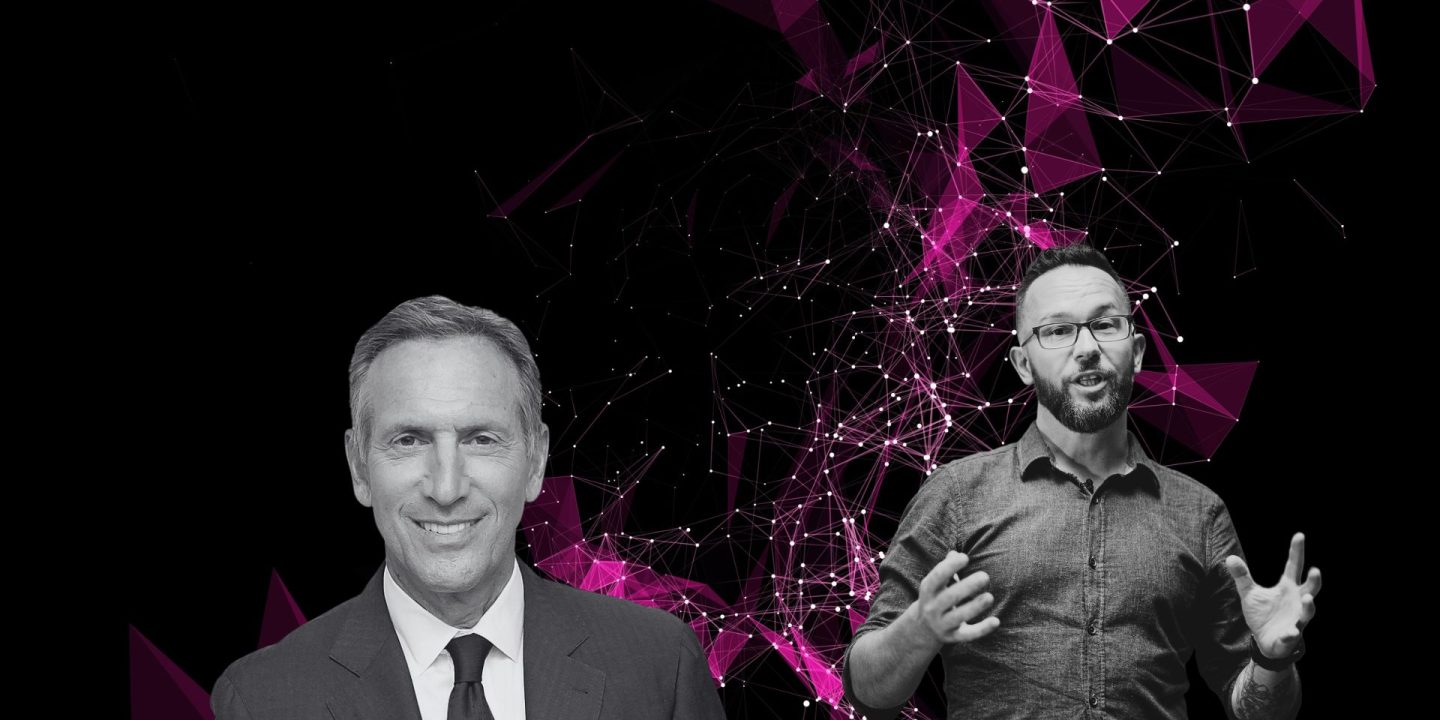Discover how Howard Schultz transformed Starbucks from a small Seattle coffee bean retailer into a global coffeehouse empire. Explore his journey, challenges, and strategies.
The Early Vision and Initial Setbacks
Howard Schultz, the former CEO of Starbucks, embarked on a transformative journey that began in 1982 when he joined Starbucks as the Director of Retail Operations and Marketing. At that time, Starbucks was a small company in Seattle, focusing on selling high-quality coffee beans and equipment. Schultz saw an opportunity to expand Starbucks beyond its current model. Inspired by the vibrant coffee culture he observed in Milan’s espresso bars, Schultz envisioned transforming Starbucks into a coffeehouse chain that would serve as a “third place” between home and work, where people could gather and socialize.
However, this vision was met with strong resistance from Starbucks’ founders, who were sceptical about deviating from their original business model. They believed the company’s focus should remain on selling coffee beans and equipment rather than venturing into the unknown territory of running coffeehouses. This resistance led to immense disappointment for Schultz, who passionately believed in his vision.
Giornale: A New Beginning
Undeterred by the initial setback, Schultz decided to take matters into his own hands. In 1985, he left Starbucks to start his own coffeehouse chain called Giornale, named after the Italian word for “newspaper.” He aimed to create an atmosphere similar to the espresso bars he had seen in Italy. Launching Giornale was not an easy task; Schultz faced numerous challenges, including securing financing and finding the right locations. However, his persistence and unwavering belief in his vision paid off. Giornale quickly gained popularity, validating Schultz’s idea that people were looking for more than just a place to buy coffee beans—they wanted a place to connect and enjoy a sense of community.
Transforming Starbucks
In 1987, Schultz seized an opportunity to acquire Starbucks when the founders decided to sell the company. He raised the necessary funds, purchased Starbucks, and merged it with Giornale. With Schultz at the helm, Starbucks underwent a remarkable transformation. He implemented his vision of creating a “third place” by opening coffeehouses that offered a unique and welcoming experience. Schultz focused on providing high-quality coffee, excellent customer service, and a comfortable environment where people could relax and connect.
Under Schultz’s leadership, Starbucks grew rapidly. He expanded the company’s footprint, opening new locations across the United States and eventually around the world. Schultz’s ability to manage his disappointment and frustration was crucial to his success. He remained committed to his vision, continuously refining his strategy and learning from each setback. His story illustrates how persistence and emotional resilience can turn initial failures into major achievements.
Howard Schultz’s journey highlights the importance of adaptability and innovation. He recognized the potential for growth beyond the traditional coffee retail model and was willing to take risks to pursue his vision. Schultz’s success can be attributed to his ability to listen to customers, understand their needs, and create an experience that went beyond just selling coffee. He transformed Starbucks into a global brand known for its high-quality coffee and unique coffeehouse experience.
Conclusion
In conclusion, Howard Schultz’s story is a testament to the power of resilience and determination in the face of disappointment and frustration. By channelling his emotions into a driving force, Schultz was able to turn his vision into reality and create one of the most iconic and successful brands in the world. His journey serves as an inspiration for business leaders and entrepreneurs, demonstrating that setbacks can be transformed into opportunities for growth and success through persistence, adaptability, and a relentless pursuit of one’s vision.
Ready to transform your leadership and forge impactful connections? Apply today to join our tech industry leaders network at the Neuro-Based Leadership Centre.
It is a platform for effective networking through learning, mentorship, co-creating solutions, collaborating on projects, cutting-edge neuroscience training, exchanging ideas and knowledge, gaining insights from those with diverse perspectives and establishing trust and credibility within the tech industry ecosystem and your potential clients.
Does it sound like what’s important to you and what you care about?
